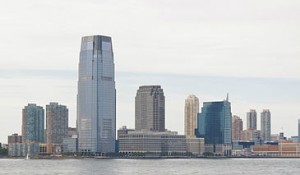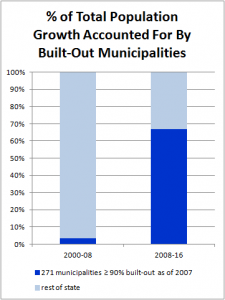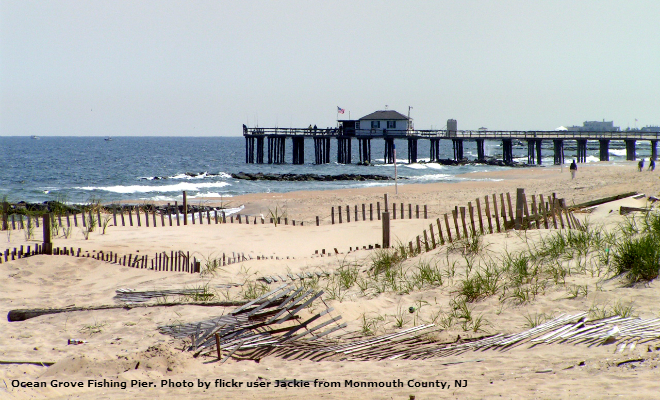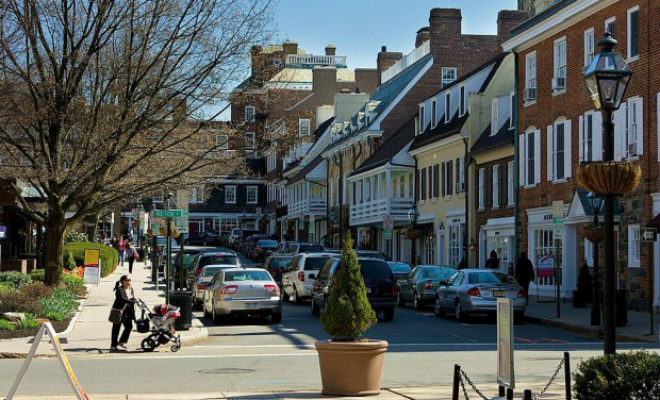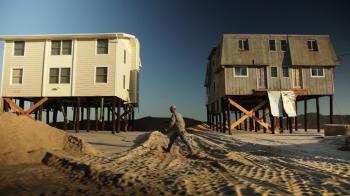New Jersey Future Blog
Census Numbers Confirm Renewed Growth in Urban Areas
May 26th, 2017 by Tim Evans
The Census Bureau released 2016 municipal population estimates yesterday. The new data once again illustrate that redevelopment is the new normal, with built-out places reversing decades of stagnation and sometimes outright population loss to become the primary drivers of growth in the years since the 2008 recession. This is a continuation of a trend we noted last year, and in previous years.
The 271 municipalities that were at least 90 percent built out as of 2007 (meaning that they have already built on most or all of their buildable land) accounted for a full two-thirds (66.8 percent) of total statewide population growth between 2008 and 2016. This same group of municipalities only accounted for a negligible 3.6 percent of total growth between 2000 and 2008, so the post-recession turnaround is quite dramatic.
At the other end of the spectrum, the 110 municipalities that were less than 50 percent built out as of 2007 accounted for only 3.7 percent of the total statewide population increase between 2008 and 2016, after having accounted for 27.2 percent of population growth between 2000 and 2008. “Greenfield” development is no longer the default development pattern in New Jersey. In fact, these 110 municipalities as a group have actually lost population in each of the last two years.
Taken as a group, the eight cities classified as “urban centers” by the State Development and Redevelopment Plan – Newark, Jersey City, Paterson, Elizabeth, Trenton, Camden, New Brunswick, and Atlantic City – have experienced a similar turnaround, a trend that first started manifesting itself in the late 2000s. These cities as a group lost population every decade from 1950 through 1990. Then in the 1990s they began growing very slowly: they accounted for 1.5 percent of total statewide population increase in the 1990s, and inched up to 1.7 percent of the statewide total increase between 2000 and 2008. But from 2008 to 2016, the eight urban centers contributed a full 15.4 percent of statewide population growth. This is actually a larger percentage than their percent of the state population total (they made up 12.0 percent of total statewide population in 2016), so the urban centers’ combined growth rate actually outpaced statewide growth from 2008 to 2016, growing by 3.3 percent compared to 2.6 percent for the state as a whole.
Not all of the eight urban centers are participating in the revival, however. Trenton, Camden, and Atlantic City all have fewer people in 2016 than they had in 2008, and all three have posted small population losses in each of the last two years. This means that the remaining five urban centers not only accounted for all the growth mentioned previously, but also made up for the minor losses in these three cities. Of the eight urban centers, Jersey City leads the pack, having grown by 9.0 percent between 2008 and 2016 – more than triple the statewide growth rate.
Return to Transit and Walkable Urbanism
Part of the recent demand for redevelopment is being driven by renewed demand for transit-accessible neighborhoods. The 138 municipalities hosting rail transit stations (most of which also fall in the 90-percent-built-out category) as a group accounted for well above half — 58.8 percent — of the total statewide population increase from 2008 to 2016, after accounting for just 14.9 percent of the total increase from 2000 to 2008. The transit municipalities’ collective growth rate of 3.5 percent from 2008 to 2016 was nearly double that of the non-transit municipalities (1.9 percent) over the same time period.
Given that many built-out places are places that grew up before the age of the Interstate Highway System and the car-centric development model it spawned, the return of population growth to built-out places can also be seen as a return to walkable urbanism. New Jersey’s compact, mixed-use, pedestrian-friendly places, as identified by a methodology developed by New Jersey Future for our January 2014 report Creating Places to Age in New Jersey, have been growing faster than the rest of the state since the Great Recession of 2008 crystallized demographic and economic trends favoring a return to in-town living. The 118 municipalities that score well on all three of the key smart-growth metrics – net activity density, presence of a mixed-use center, and local street network density, a measure of walkability – grew by 4.1 percent between 2008 and 2016, outstripping the statewide growth rate of 2.6 percent. This is a dramatic reversal compared to the 2000-2008 period, when the state as a whole grew by 3.5 percent while the 118 high-scoring municipalities grew by only 0.5 percent. The state’s most compact, walkable places went from accounting for only 5.2 percent of the total statewide population increase between 2000 and 2008 to accounting for 59.2 percent of the increase between 2008 and 2016.
In contrast, the 181 municipalities that do not score well on any of the three smart-growth metrics accounted for 46.4 percent of total statewide population growth from 2000 to 2008 but only 18.5 percent of the total from 2008 to 2016. Low-density, car-dependent sprawl is no longer in demand. In fact, these 181 municipalities as a group have actually posted small population losses in each of the last two years.

